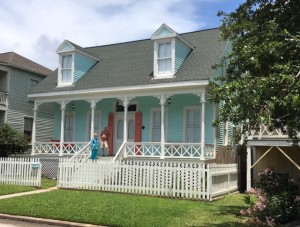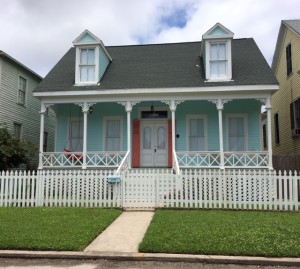 Having escaped from an abusive marriage to an alcoholic husband, Elizabeth Percival started a new life with her two step-daughters Florence and Jessie. She opened a restaurant named The English Kitchen, serving the English dishes from her childhood with a boarding house on the floors above it. In the following months she and the girls gained a loyal following of customers and friends.
Having escaped from an abusive marriage to an alcoholic husband, Elizabeth Percival started a new life with her two step-daughters Florence and Jessie. She opened a restaurant named The English Kitchen, serving the English dishes from her childhood with a boarding house on the floors above it. In the following months she and the girls gained a loyal following of customers and friends.
In March of 1881, Elizabeth and her daughters invited their friends to join them at their restaurant, which was right on Galveston’s Mardi Gras parade route, for a night of fun and fellowship.
They had no way of knowing the night of revelry would end in tragedy.
Elizabeth’s ex-husband hid among the floats and marchers in the parade. As he passed the restaurant, he took aim and shot Elizabeth in front of all who loved her. Her step-daughters, who she had rescued from their natural father, were grief-stricken, and erected a beautiful marker over her grave.
I stopped by Trinity Episcopal Cemetery to leave beads for Elizabeth. While the island of Galveston is in the middle of Mardi Gras season, I didn’t want her to be forgotten.
I hope you’ll enjoy more of Elizabeth’s story, along with other amazing stories behind the gravestones of Galveston in my book, “Galveston’s Broadway Cemeteries,” from Arcadia Publishing. Available on Amazon.com.

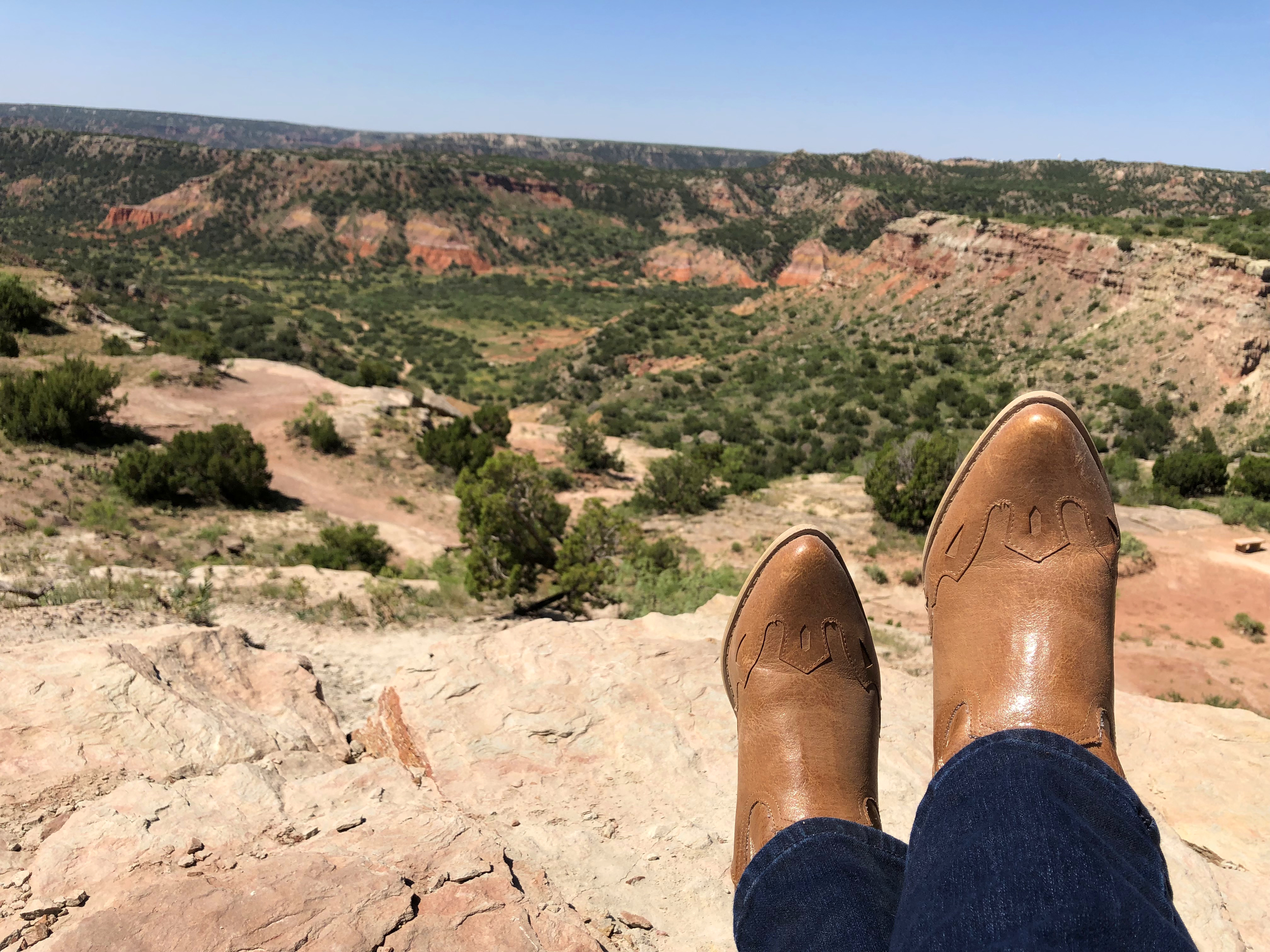
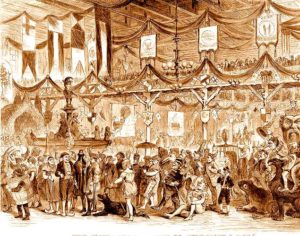
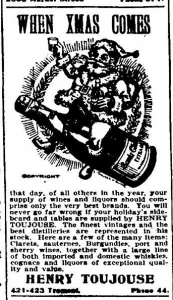

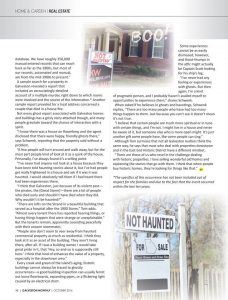
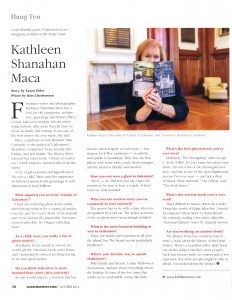
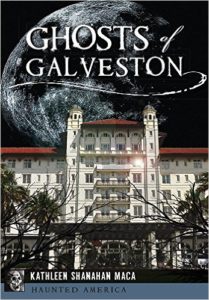

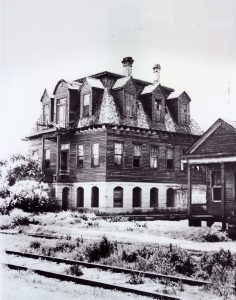


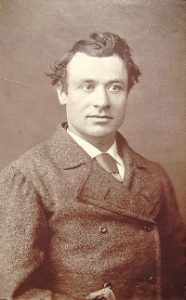
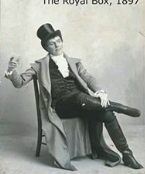 titled “The Royal Box.”
titled “The Royal Box.”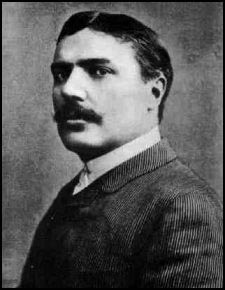 ing widow knew that her husband, upon his death, had wanted to be cremated and buried in New York. Galveston did not have a crematorium at the time, so she arranged for her husband’s body to be sh
ing widow knew that her husband, upon his death, had wanted to be cremated and buried in New York. Galveston did not have a crematorium at the time, so she arranged for her husband’s body to be sh
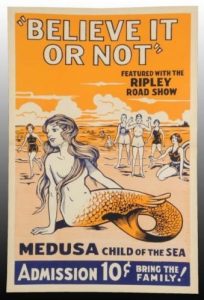 ed in Galveston. When the tragic flood came his coffin was washed out to sea and the Gulf Stream carried his around Florida and up the coast to Prince Edward Island – 2,000 miles distant – where he had lived.”
ed in Galveston. When the tragic flood came his coffin was washed out to sea and the Gulf Stream carried his around Florida and up the coast to Prince Edward Island – 2,000 miles distant – where he had lived.”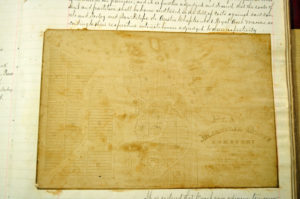
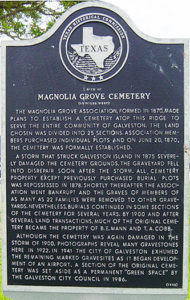
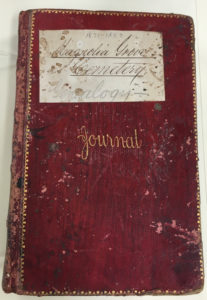

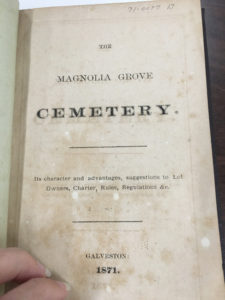
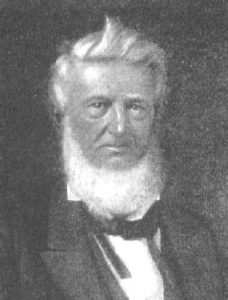


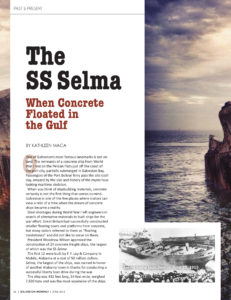

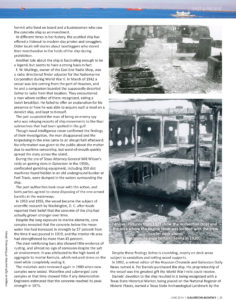
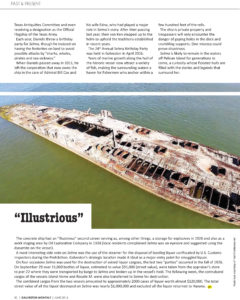

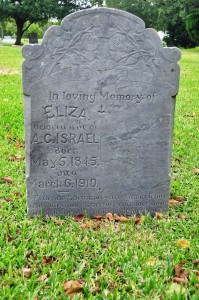

 r tearing the same, and the machine is adapted for washing the finest fabrics – lace curtains and the like. The water is kept constantly boiling by the heater and s continuously circulated throughout he revolving drum an brought into contact with the clothes contained therein. The clothes are constantly carried upward and dripped by means of the radially-disposed ribs and are at the same time subjected to the scoring or rubbing action of the rotary washboard.”
r tearing the same, and the machine is adapted for washing the finest fabrics – lace curtains and the like. The water is kept constantly boiling by the heater and s continuously circulated throughout he revolving drum an brought into contact with the clothes contained therein. The clothes are constantly carried upward and dripped by means of the radially-disposed ribs and are at the same time subjected to the scoring or rubbing action of the rotary washboard.”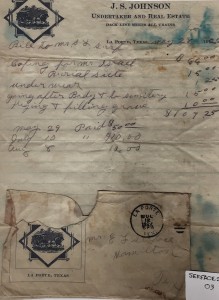 This story has now come full circle, and I got to meet Jan and Eddie in person this week! Eddie even brought me a copy of the undertaker’s bill for Alexander’s funeral. Though the spelling is a bit amusing, once you realize that the funeral cost was quite high for the time it becomes clear that the family probably couldn’t also afford to have his side of the gravestone engraved at the same time.
This story has now come full circle, and I got to meet Jan and Eddie in person this week! Eddie even brought me a copy of the undertaker’s bill for Alexander’s funeral. Though the spelling is a bit amusing, once you realize that the funeral cost was quite high for the time it becomes clear that the family probably couldn’t also afford to have his side of the gravestone engraved at the same time.